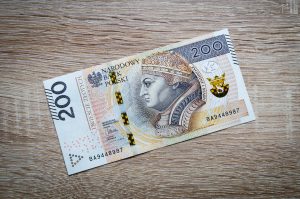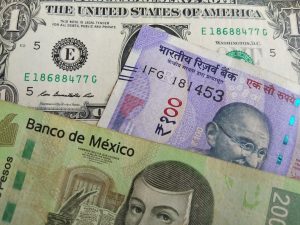Forex trading is the process of buying and selling currencies with the aim of making a profit. It is a popular form of trading as it offers high liquidity, low transaction costs, and the opportunity to make significant profits. However, forex trading is also associated with high risk, and traders need to have a well-defined strategy to succeed. In this article, we will explore how to trade forex strategies.
1. Understand the Forex Market
Before you can trade forex, you need to understand the market dynamics. The forex market is the largest financial market in the world, with an average daily trading volume of $5.3 trillion. It is a decentralized market, meaning that there is no central exchange. Instead, trading takes place over-the-counter (OTC) through a network of banks, brokers, and other financial institutions.
The forex market operates 24 hours a day, five days a week, with trading sessions in Asia, Europe, and the Americas. Currency prices are influenced by a variety of factors, including economic indicators, political events, and market sentiment.
2. Choose a Trading Strategy
There are many forex trading strategies to choose from, each with its own set of rules and principles. Some of the most popular strategies include:
– Trend following: This strategy involves identifying trends in the market and trading in the direction of the trend. Traders use technical analysis tools to identify trends and entry and exit points.
– Range trading: This strategy involves trading within a defined range of prices. Traders identify support and resistance levels and buy at the bottom of the range and sell at the top.
– Breakout trading: This strategy involves trading the price breakouts of key levels. Traders identify key levels of support and resistance and enter trades when the price breaks through these levels.
– News trading: This strategy involves trading based on economic and political news events. Traders use fundamental analysis to predict market movements and enter trades based on the news.
3. Develop a Trading Plan
Once you have chosen a trading strategy, you need to develop a trading plan. A trading plan is a written set of rules and guidelines that you will follow when trading. It should include:
– Your trading strategy: This should outline the strategy you have chosen to follow, including the rules for entry and exit points.
– Your risk management strategy: This should outline how much you are willing to risk on each trade and how you will manage your risk. This should include setting stop-loss orders and taking profits.
– Your trading schedule: This should outline when you will trade and how long you will hold positions.
– Your trading journal: This should be used to record your trades and analyze your performance. It should include the date, time, and type of trade, as well as the entry and exit points, profit or loss, and any notes on the trade.
4. Practice with a Demo Account
Before trading with real money, it is important to practice with a demo account. A demo account is a simulated trading account that allows you to trade with virtual money. This will allow you to test your trading plan and strategy without risking your own capital.
5. Monitor the Market
Once you start trading with real money, it is important to monitor the market closely. This means keeping up-to-date with economic and political news events, as well as monitoring technical analysis indicators. You should also keep a close eye on your trading journal to analyze your performance and identify areas for improvement.
6. Stay Disciplined
One of the most important aspects of successful forex trading is discipline. This means sticking to your trading plan and strategy, even when the market is volatile. It also means managing your emotions and not letting fear or greed dictate your trading decisions.
Conclusion
Forex trading can be a lucrative way to make money, but it requires discipline, patience, and a well-defined strategy. By understanding the forex market, choosing a trading strategy, developing a trading plan, and practicing with a demo account, you can increase your chances of success. Remember to monitor the market closely, stay disciplined, and always be willing to learn and improve your trading skills.





